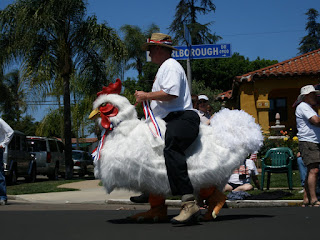
Downsizing can be great. You’re parting with what you don’t need any more, getting back to basics, giving away rather than receiving.
However, there is a problem with downsizing, at least for me.
My intentions were so good. I spent parts of the last two days going through things in my art studio/storage room/baby room, finding things I hadn’t seen in years. I started a bag for donation and today I drove five items to the nearby thrift store. I actually donate there a few times a month, often bringing only a few things. This may seem weird to some but it’s less than a mile out of my way and it works better than storing tons of stuff and making one big annual donation. There’s no room to store donations here, which is part of why I’m donating: because there’s not even enough room for stuff I don’t want to donate!
Today I dropped my bag of stuff at the thrift store and that’s where the trouble began.
Sometimes I drop and dash but today I brought and browsed, and therein lays the problem. Browsing can lead to buying, and that’s just what I did.
I should pause a moment and say that I am not one of those women who loves to shop. I sometimes go many, many months without buying something new. But I am an artist, I want to look different and wear clothes that feel like art, and this is where the magic of thrift stores comes in. Recently I’ve been more interested in vintage items, but I’ve always been drawn toward color and pattern and fun-looking clothes. I can hand-sew interesting details on them, or alter them to look how I want. In thrift stores there aren’t racks of the same item in various sizes. Finding something you love, and that fits, is like a treasure hunt. You also may find things that have history and you don’t find that in regular stores.
In my defense, the number of things I bought (three) is less than the number I donated (five), and the overall mass of what I bought is much less than that of which I donated. It may appear that I’m rationalizing, but actually I’m just explaining. You see, rationalizing involves denial and I’m not in denial. I know that there is a teensy problem with the notion of downsizing and immediately restocking. But I’m not yet a candidate for the reality show “Hoarders” so for now I’ll simply focus on the positive:
· Donating frees my home of stuff I don’t need.
· Donating allows the new owner to get something at low cost, which is helpful in a recession.
· Donating helps the local thrift stores make profit, which helps the community.
At the thrift store today I bought a sweater with a vintage feel (empire waist and ¾-length sleeves) as well as two t-shirts to use for my ongoing experiment with batik (see my entry from May 3), all for less than $10. But the issue remains that my downsizing is hitting a speed bump. So maybe I can use today’s spontaneous purchases as incentive to search through my stuff again and make another donation soon. Now, if I donate ten items, how many am I allowed to get? Just kidding. But the next time I donate I may leave my cash at home, just in case…

























